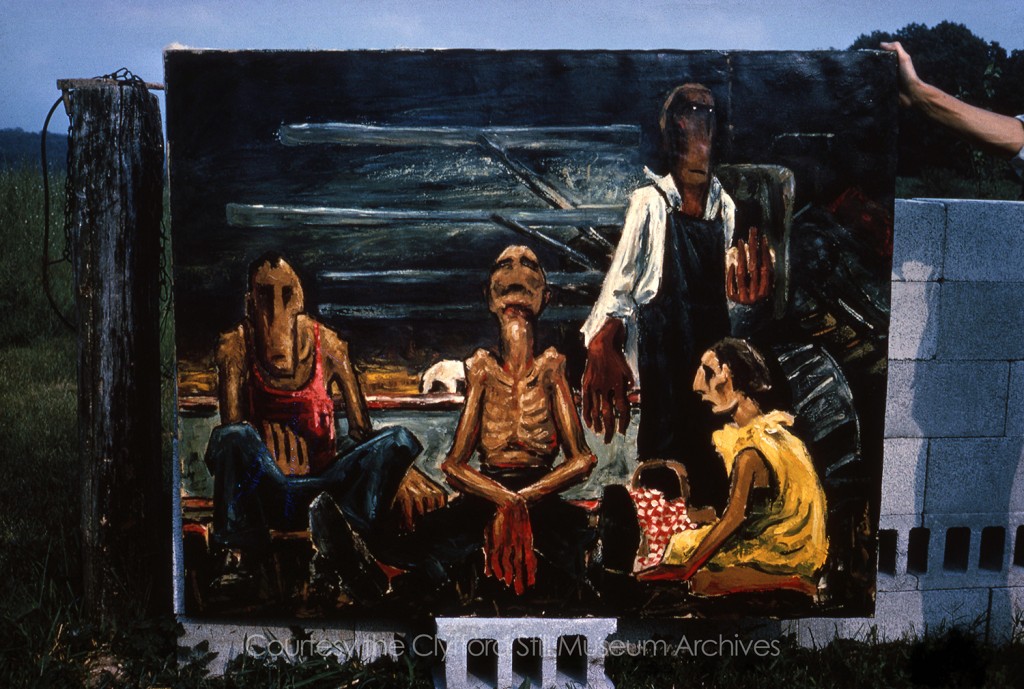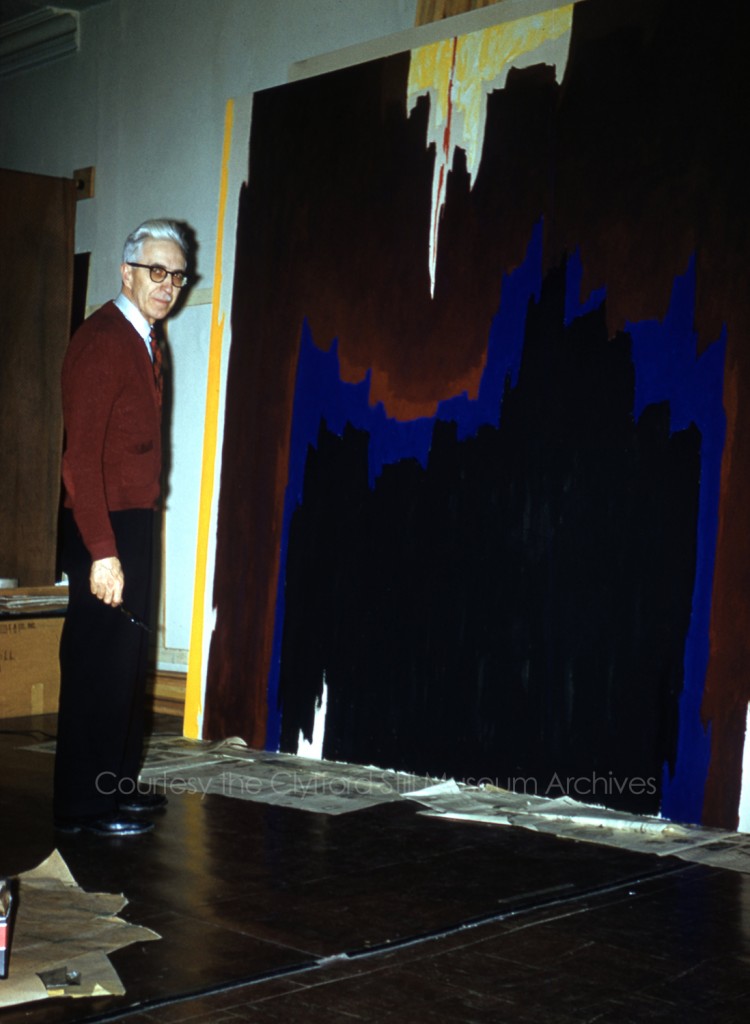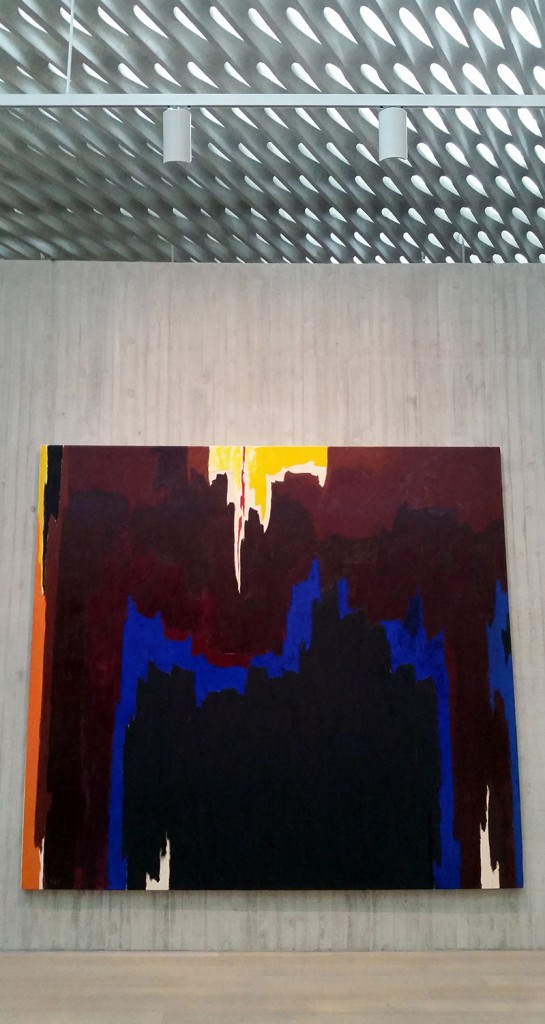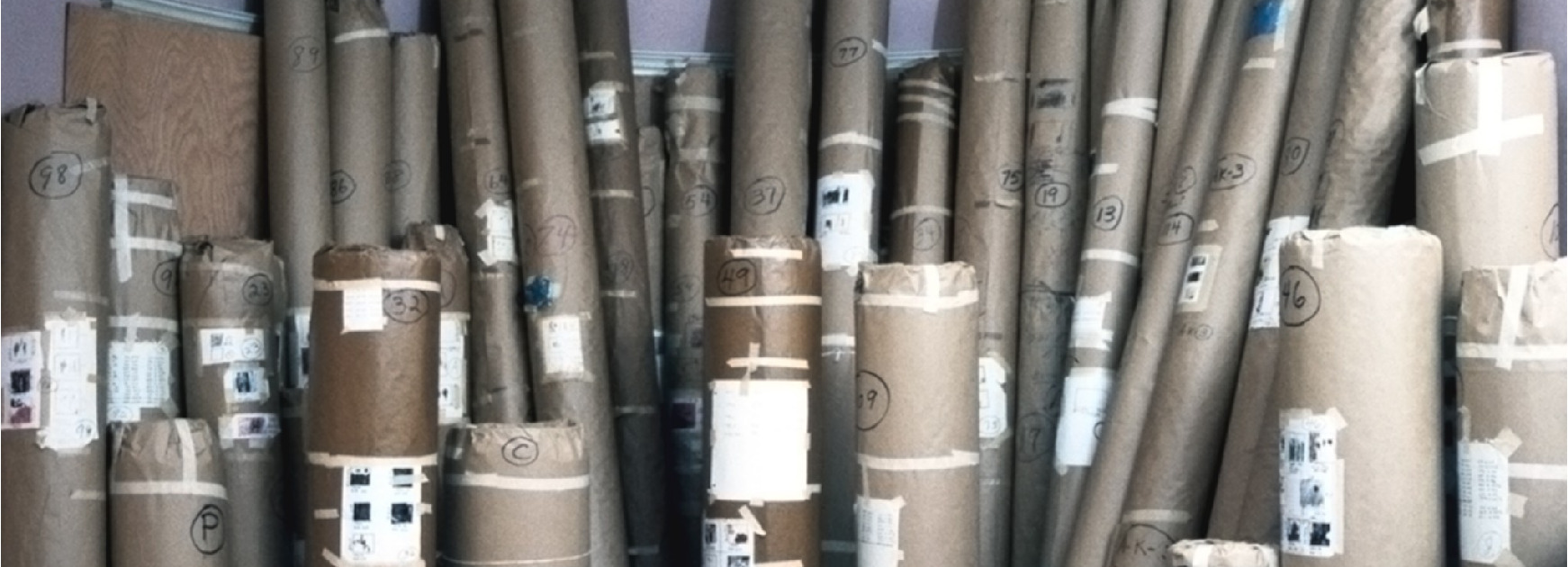By Kate Landers, visual resources specialist, Clyfford Still Museum
To honor Denver’s Month of Photography, I’m sharing a selection of nostalgic snapshots from the CSM Archives on our Facebook, Twitter, Instagram, and Pinterest pages. These images frame distinct moments from Clyfford Still’s life, affording us with an unprecedented glimpse at the biography and art historical record of an Abstract Expressionist master.
Extending from the comprehensive nature of the museum’s holdings, the archival photography collection spans the entirety of the artist’s lifetime from his birth in 1904 through the years following his death in 1980. Approximately 12,000 photographs, negatives, and slides chronicle Still’s career as an artist, as well as his private life, including his family, homes, and travels. Although the majority of the photographs in the collection function as visual records of Still’s body of work, these documentary images reveal the depth of his extensive efforts to detail his own legacy as a revolutionary artist.

In 1961, Still and his second wife, Patricia, relocated from New York City to a twenty-two-acre farm near Westminster, Maryland. There, the Stills began in earnest their inventory process by photographing each work that remained in the artist’s collection. Balanced against concrete blocks or the exterior walls of Still’s studio, larger paintings were often shot in the superior natural light of the outdoors. Photographed in succession, these paintings were individually inventoried with the intention of preserving an illustrated record for each artwork.

Through these meticulous pictorial documents, we can follow a painting (like PH-963 [1957], for example) from its creation, its exhibition, and ultimately to its permanent home at the museum, where anyone can capture it in a photograph.



The unparalleled completeness of Still’s documented history, both creative and archival, contributes to his lasting influence as one of the twentieth century’s most significant artists. After all, the artifacts of his legacy continue to thrive within the walls of this museum, and others around the world. To me, it seems that the collective efforts to perpetuate his memory have certainly come full circle. As an admirer of Still as a man and as an artist, I’m privileged to be involved in the act of maintaining and fostering his legacy as a true visionary.
